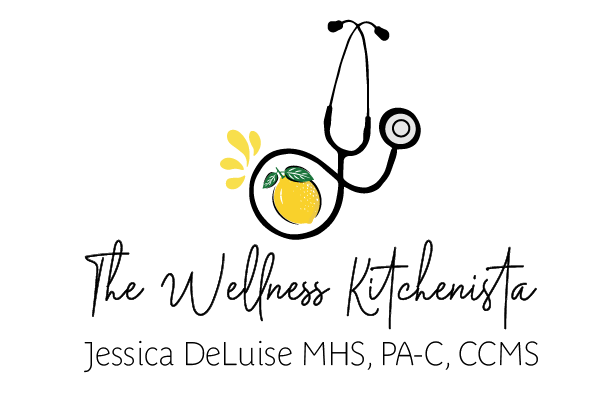Get the recipe for my Homemade Aftersun Aloe Gel.
>> Don’t miss out on my Backyard BBQ Essentials Guide. <<
According to the CDC, too much sun exposure (UV light) is a risk factor for most skin cancers. You are at increased risk for skin cancer (and sunburn!) if you have pale skin, red or blonde hair, or have a family member who has had skin cancer. That all being said, being outdoors can be a great way to stay physically active, reduce stress, and create vitamin D (though this is not the preferred Vit D source- let me know if you want to know more about that). UV rays can reach you on cloudy and cool days, too! In addition to sunscreen, there are other ways to protect yourself from the sun. Scroll down to read them all!
The Pure Haven sunscreen is my personal favorite! Get it!
SUNSCREEN is a necessary step of sun protection. Here are some helpful tips sunscreen best practice. Sunscreen works best when combined with other options of sun protection for reducing your skin cancer risk and keeping you safe. NOTE: Sunscreen is not recommended for babies who are 6 months old or younger, unless you have consulted and cleared it with your healthcare provider.
Get my Homemade Popsicle Recipe.
6. Check the Ingredients – To date, the FDA has claimed only two ingredients in sunscreen to be GRASE (generally recognized as safe and effective). These ingredients are titanium dioxide and zinc oxide. The FDA has identified two other common sunscreen ingredients NOT GRASE, and are no longer sold legally in the US. These are PABA and tolamine salicylate. And finally, the jury is still out on some other common ingredients, which are currently being studied for safety. These include ensulizole, octisalate, homosalate, octocrylene, octinoxate, oxybenzone, avobenzone, cinoxate, dioxybenzone, meradimate, padimate O, sulisobenzone. I PERSONALLY try to avoid the questionable ingredients. I generally gather information from the CDC, USDA, FDA, or EWG as sources and make the best decision for me when it comes to lifestyle or nutrition. Below, you will find my personal favorite sunscreen options.

Enter your info below to download your FREE Pantry List & Cookbook!
Privacy Policy